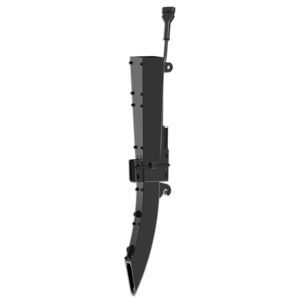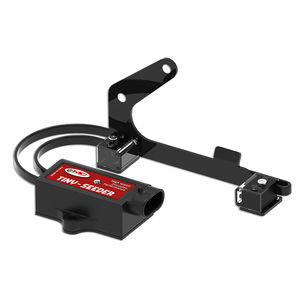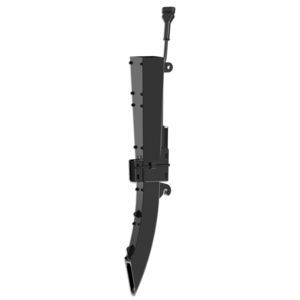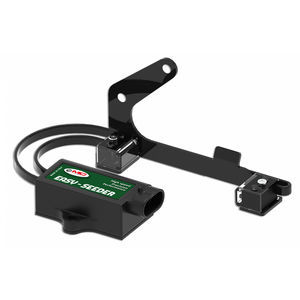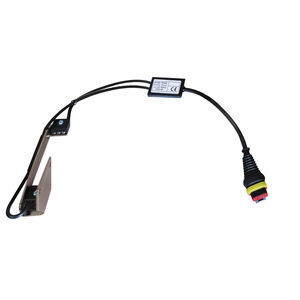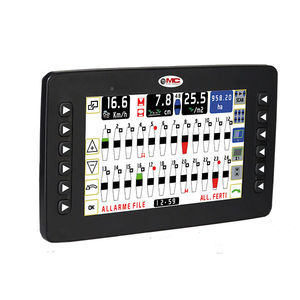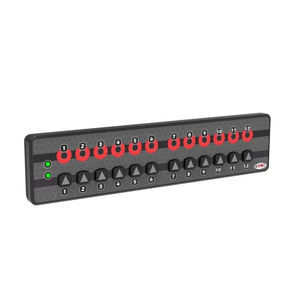
- Farm Management
- Measuring instrument
- Seed sensor with counting function
- MC Elettronica srl

- Company
- Products
- Catalogs
- News & Trends
- Exhibitions
Seed sensor with counting function UNI-SEEDER
Add to favorites
Compare this product
Characteristics
- Options
- with counting function
Description
The universal UNI-SEEDER is a special photocell that, unlike traditional ones, can be configured to vary its performances. Thanks to a microcontroller it allows a direct of analysis analog signals from IR receivers. The photocell is able to identify with high precision, from the smallest seeds (from 1mm) to larger seeds (eg Corn), this thanks to its ability to self-adapt to the environmental working conditions.
Thanks to the powerful integrated microprocessor, UNI-SEEDER photocell allows a direct analysis of the analogue signals originating from the optical sensors. Using sophisticated digital analysis techniques, it is able to identify seeds of any size and shape, even very small and fast ones and tell them apart from dust and contaminating residues during the sowing operations.
Features and advantages:
•High resolution and a wider counting area: the optimised optics, combined with an advanced software allow it to distinguish seeds with extreme precision and over a much wider area compared to traditional seed sensors.
•Universal: it combines in a single product the performance of many traditional counter photocells, such as the 6+6 or the 4+4, guaranteeing maximum counting precision in all situations and for almost all types of seeds.
•Self-adaptive: the universal counter photocell includes an algorithm able to compensate for the presence of dust or ambient light.
•Immediate operation diagnostics thanks to RGB LEDs or LIN PROTOCOL.
•Greater sowing precision.
•Plug&Play: it is 100% compatible with control systems on the market and can easily replace all traditional seed sensors.
Catalogs
UNISEEDER PHOTOCELL
1 Pages
Exhibitions
Meet this supplier at the following exhibition(s):

*Prices are pre-tax. They exclude delivery charges and customs duties and do not include additional charges for installation or activation options. Prices are indicative only and may vary by country, with changes to the cost of raw materials and exchange rates.



